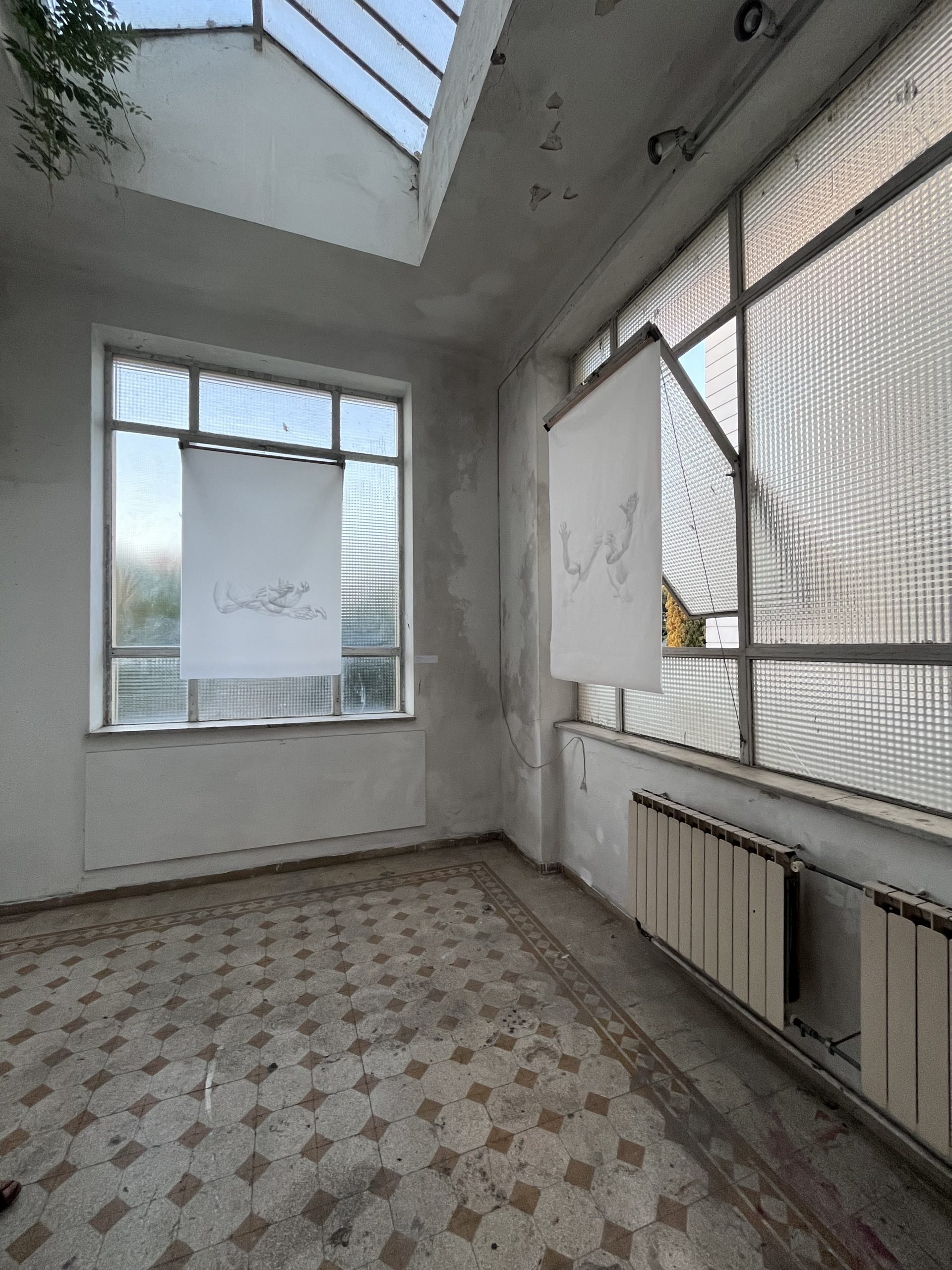DIARIO DE FÁBRICA
Marta Azparren
«Diario de Fábrica» es un proyecto audiovisual que investiga la huella del trabajo industrial en la actividad artística a partir del cruce de la mirada de la filósofa Simone Weil en su descripción del trabajo fordista en diálogo con el pensamiento contemporáneo sobre la precarización de la cultura.
Se trata de conectar el relato de la cadena de montaje fordista en el gesto repetido de los cuerpos periféricos y los espacios industriales, con el modo en que la industria cultural ha ocupado posteriormente esos espacios fabriles y los y las artistas han asumido la condición precaria obrera y algunos de sus bucles. Las antiguas fábricas pasan a ser ocupadas por la institución cultural, y en su cadena de montaje del deseo, trabaja un artista que ha tomado el relevo del obrero pero en la industria de la producción de imaginario.
Simone Weil creía que existían tres condiciones que hacían imposible el pensamiento en una fábrica: el ruido, la velocidad y la repetición. Estos tres obstáculos resuenan familiares a los nuevos habitantes de las antiguas fábricas reconvertidas en cubos blancos, que ven como se perpetúan antiguas dependencias, explotaciones del deseo y sumisiones, no tan ajenas (al menos en cadencia) a aquellas que conoció la pensadora.
El conjunto de registros, entrevistas, material de archivo, testimonios, gestos y reflexiones que se piensa como un repositorio vivo audio-visual susceptible de reactivarse y reelaborarse en instalaciones, sesiones de montaje en vivo o performances.
Enlace a página del proyecto, con acceso a otros vídeos e imágenes de performances, instalaciones y fragmentos del ensayo audiovisual:
http://www.martaazparren.es/portfolio/diario-de-fabrica/
«Diario de Fábrica» is an audiovisual project that investigates the trace of industrial work in artistic activity from the crossing of the gaze of the philosopher Simone Weil in her description of Fordist work in dialogue with contemporary thought on the precariousness of culture .
It is about connecting the story of the Fordist assembly line in the repeated gesture of peripheral bodies and industrial spaces, with the way in which the cultural industry has subsequently occupied those manufacturing spaces and the artists have assumed the precarious condition of workers. and some of its loops. The old factories are now occupied by the cultural institution, and in its assembly line of desire, an artist works who has taken over from the worker but in the industry of imaginary production.
Simone Weil believed that there were three conditions that made thought impossible in a factory: noise, speed, and repetition. These three obstacles resonate familiar to the new inhabitants of the old factories converted into white cubes, who see how old dependencies, exploitations of desire and submissions are perpetuated, not so alien (at least in cadence) to those that the thinker knew.
The set of records, interviews, archival material, testimonials, gestures and reflections that are thought of as a living audio-visual repository that can be reactivated and reworked in installations, live montage sessions or performances.
Link to the project page, with access to other videos and images of performances, installations and fragments of the audiovisual essay:
http://www.martaazparren.es/portfolio/diario-de-fabrica/











